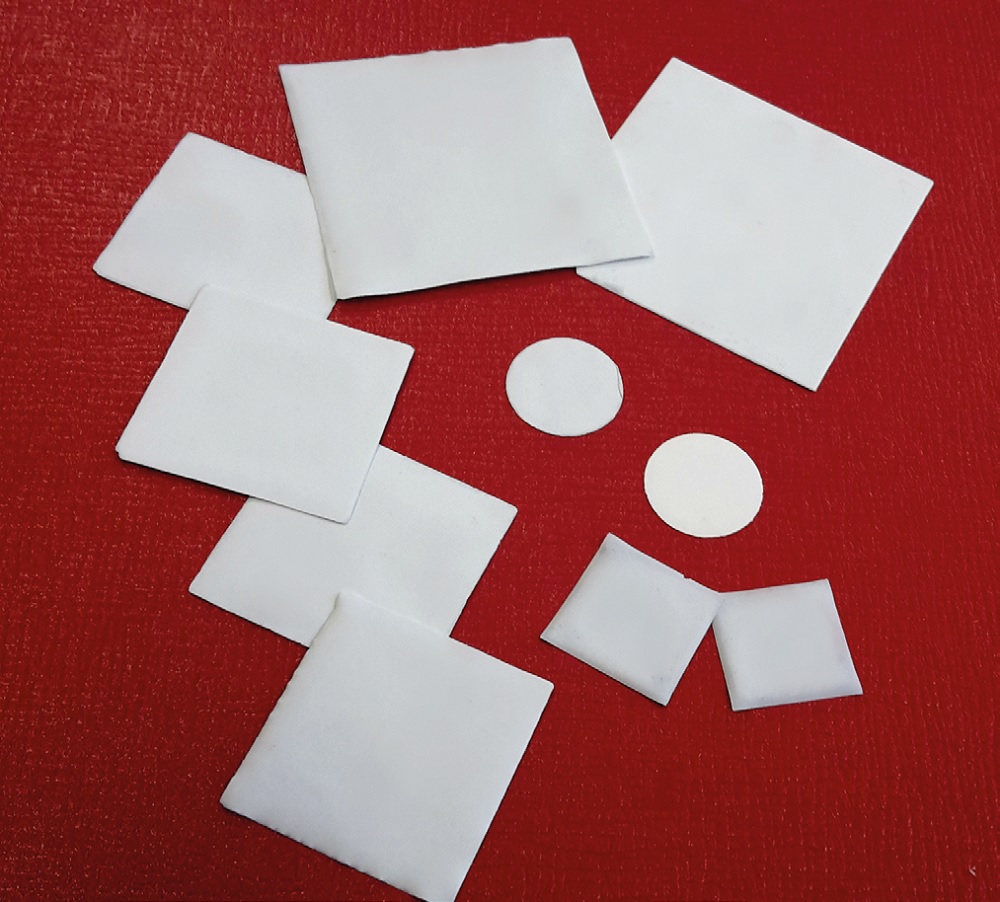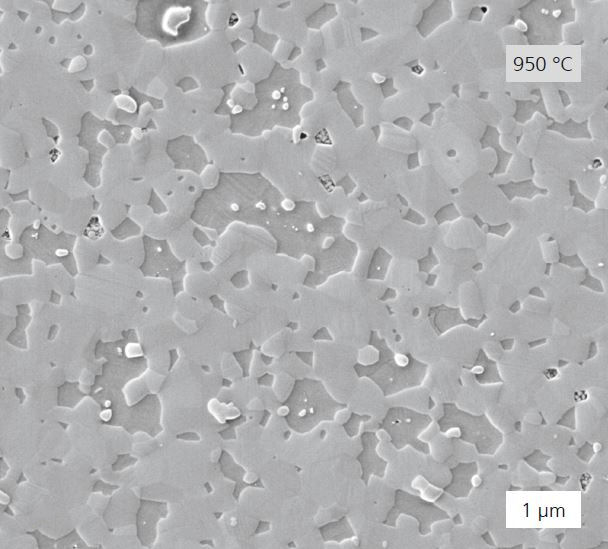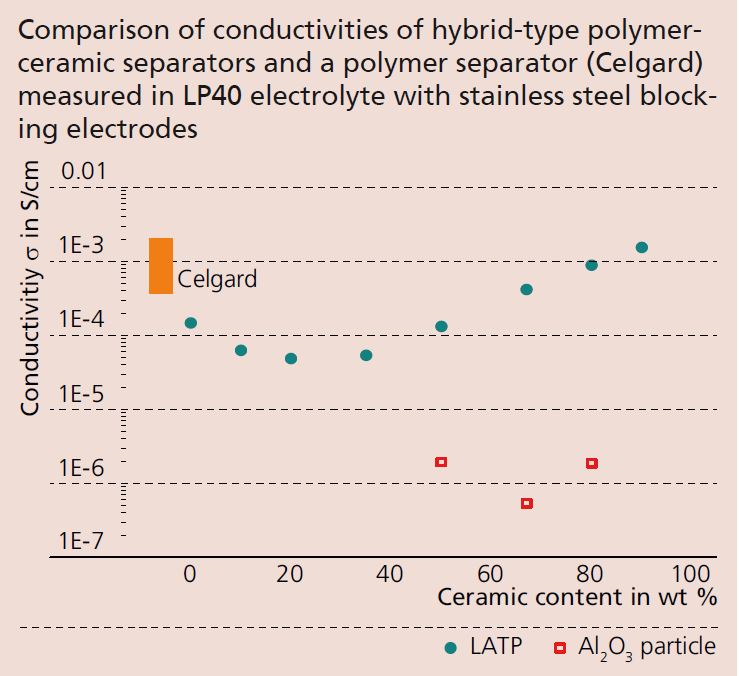


The energy supply requirements of mobile consumer devices, stationary energy storage devices, and electromobility are driving the development of efficient accumulators. Li-ion batteries only attain incremental improvements in power density, operating voltage, and charging and discharging rates. It should be possible to surpass these limits with new battery concepts, such as lithium-sulfur cells or all solid-state batteries. The separators between the anode and cathode compartments are important elements of all battery concepts and affect performance, service life, and operational reliability. Depending on the particular type of battery, they must have either mandatory or optional Li-ion conductivity and must provide a barrier to electron transport in order to enable or improve the functionality of the single cell. Polymer separators in combination with liquid electrolytes will not be able to meet future requirements for thermal and chemical stability and cannot reliably prevent the formation of lithium dendrites inside batteries, which in turn significantly impairs the battery service life. Ceramic materials, for example, in the system Li1+xAlxTi2-x(PO4)3 (LATP), with Li-ion conductivities of up to 4·10-4 S cm-1 at 25 °C and high thermal as well as mechanical stability are suitable as solid electrolytes and separators. Preparation of these materials as powders with the desired particle size distributions can be realized by melting a glass frit with subsequent grinding, solidphase synthesis, or the sol-gel process. The selected production route and the stoichiometric composition of the material influence the achievable particle shapes/sizes and sintering activities of the powders. As can be seen in the diagram right, application of Li+-conducting powders as fillers in porous, polymer-bound films allows for hybrid-type separators with significantly higher conductivities than are achieved with non-conducting ceramic fillers (e.g., Al2O3). New battery concepts, such as all solid-state batteries, require densely sintered layers acting simultaneously as separators and solid electrolytes to ensure the separation of the anode and the cathode as well as the ionic conductivity. Suitable powder properties and sintering conditions resulting in grain sizes < 2 μm are decisive for defect-free microstructures (Figure 2). A tape casting process that enables the production of planar substrates with thicknesses of less than 150 μm and ionic conductivities of up to 2·10-4 S cm-1 at 25 °C (Figure 1) has been developed.

